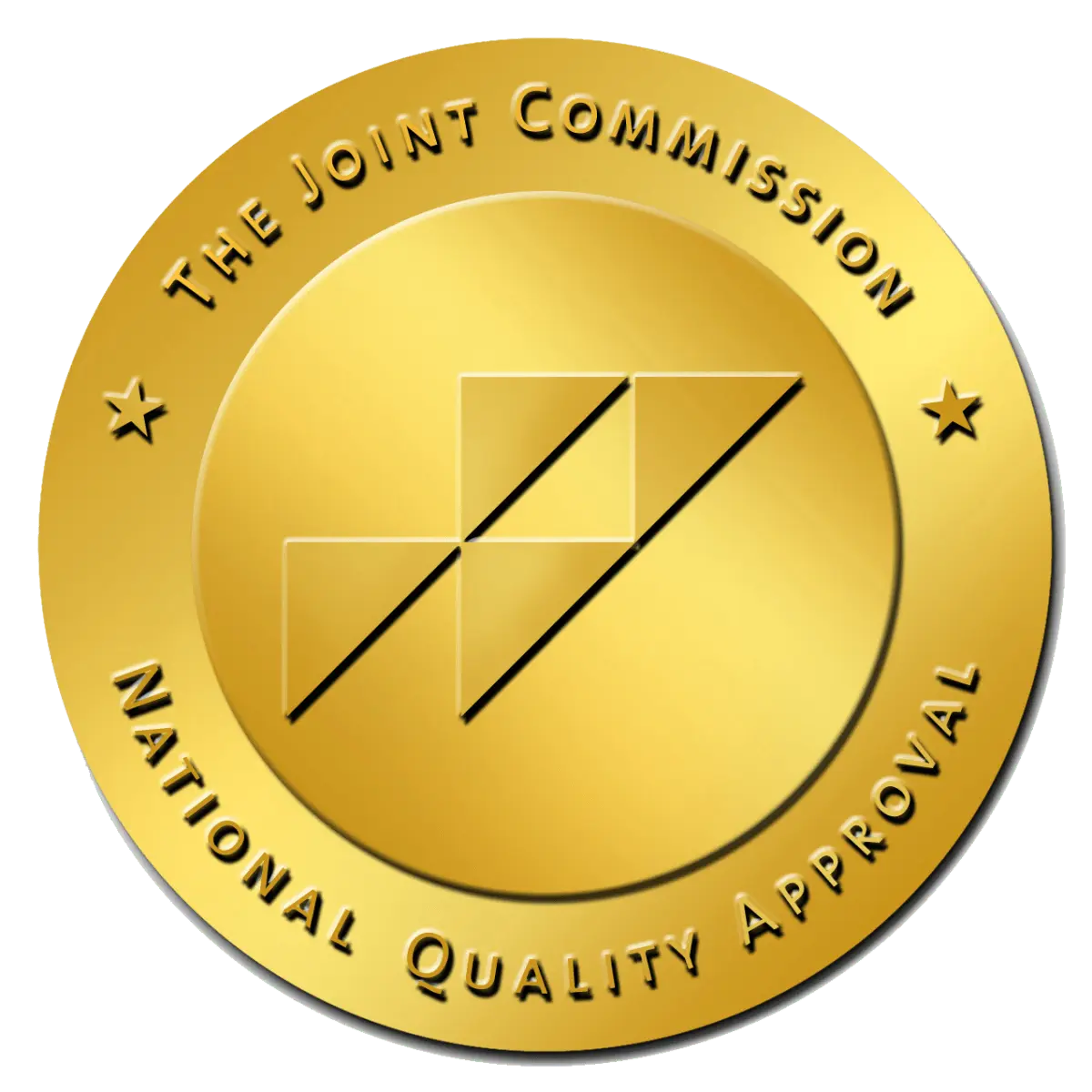How Long Does It Take to Become an Alcoholic? Alcohol Dependency Timeline
According to the National Institute on Alcohol Abuse and Alcoholism, over 85% of people 18 and over have consumed at least one alcoholic beverage in their lifetime. This large number reflects the significant role alcohol plays in social settings and everyday life. Attend any large gathering, and the chances are alcohol will be present. And, for people over 21, the consumption of alcohol is legal.
However, just because alcohol is common and lawful does not mean it is safe. Repeated alcohol use, over time, can lead to alcohol dependency. If you’re wondering:
"How long does it take to be an alcoholic?"
The long answer is nuanced and complex, but the short answer is: it doesn’t happen overnight.
How alcohol affects the body
Despite how readily available it is, alcohol is a toxin. Alcohol consumption results in the production of toxic substances that require timely filtration through the body. If a large amount of alcohol is consumed too quickly, the body doesn’t have enough time to process wastes out of its systems.
Therefore, alcohol builds up in the blood and can harm organs and tissues. Too much alcohol can even cause alcohol poisoning.
Is alcohol addictive?
Interestingly, the same factors that make alcohol poisonous to the body are also what draw people to consume alcohol in the first place. Alcohol depresses the central nervous system (CNS), releasing “feel good” hormones like dopamine and serotonin.
Drinking alcohol also leads to the following:
-
Slurred speech
▻
-
Blurred vision
▻
-
Dizziness
▻
-
Loss of coordination
▻
-
Reduced response time
▻
-
Impaired judgment
▻
How alcohol affects the brain
Due to its direct influence on the brain and body, alcohol use can change the brain’s chemistry over time. Alcohol alters the brain’s reward system pathways, increasing the likelihood of addiction. Moreover, alcohol consumption is also a learned behavior. The emotional triggers and environmental cues that foster alcohol use are psychological factors that increase the risk for alcohol use disorder (AUD).
Other terms for AUD are:
-
Alcohol abuse
▻
-
Alcohol addiction
▻
-
Alcohol dependence
▻
-
Alcoholism
▻
Regardless of the term used for AUD, there’s no denying that its impact can destroy lives and endanger a person’s health. Understanding, identifying, and treating alcohol addiction is essential because AUD is a common problem.

How common is alcohol addiction?
Data from the Centers for Behavioral Health Statistics and Quality states that approximately 14.1 million people have AUD. Alcohol addiction can also occur in adolescents, with 414,000 teens ages 12-17 experiencing alcohol abuse.
Specific risk factors can heighten the risk for alcoholism, such as:
Adolescent consumption of alcohol
Individuals who begin drinking before the age of 15 are almost five times more likely to develop an alcohol addiction than individuals who wait until 21 to start consuming alcohol.
Family history of alcoholism
AUD may have a heritability of 60 percent. However, a family history does not guarantee alcohol addiction. Like many other heritable diseases, a person’s environment often impacts genes. Because of this, alcoholism may have a genetic connection, but other elements also come into play.
Mental health conditions or trauma history
Alcoholism often occurs alongside other mental health conditions like anxiety, depression, and post-traumatic stress disorder (PTSD). Childhood trauma also increases the risk of developing AUD.
There is no definite cause of AUD, but rather, there is an interplay between various risk factors like trauma and family history. What is a fact, however, is that alcohol dependency starts with one common factor – that first drink of alcohol.
Dependence on alcohol does take time to develop. However, people who are at risk of developing alcohol use disorders kickstart their alcohol dependency by taking the first drink. Many people will start drinking as a coping mechanism or as a social activity. Yet when they attempt to stop drinking alcohol, they are unable to.
When is alcohol consumption considered severe?
Alcoholism does not occur in one day. In most cases, alcoholism develops in stages. People often begin drinking alcohol in standard beverage amounts. The Centers for Disease Control and Prevention (CDC) lists a few examples of what is considered a standard alcoholic beverage.
These examples include:
-
5 ounces of wine
▻
-
12 ounces of beer
▻
-
8 ounces of malt liquor
▻
-
Any alcoholic beverage with 14.0 grams (0.6 ounces) of pure alcohol
▻
According to the CDC, excessive alcohol consumption that is over the amounts listed above qualifies as binge drinking or heavy alcohol consumption. In contrast, alcoholism has specific criteria listed under the Diagnostic and Statistical Manual of Mental Disorders, Fifth Edition (DSM-5). The DSM-5 requires a person to meet at least two factors on a list of questions.
Some examples of criteria listed in the DSM-5 are:
In the past year, has the individual tried to stop or cut down on alcohol consumption but could not?
In the past year, has drinking alcohol interfered with family responsibilities, work, or school?
In the past year, has the individual continued to drink although alcohol consumption caused problems with family or friends?
Did the individual drink longer or more than intended in the past year?
In the past year, has alcohol consumption placed the individual in a dangerous or harmful situation (like driving drunk or having unprotected sex)?
Looking closely at the DSM-5 questions, they all ask for information occurring over the past year. Because alcohol addiction develops over time, the assessment for the disease also includes an extended period.
Alcohol dependency timeline
While it takes much more than one night of drinking for an AUD to develop, it can creep up fairly quickly. For example, a person who routinely drinks the standard amount cited by the CDC can spiral out of control within a short period. In addition, traumatic events, declining mental health, or life changes may trigger binge or heavy drinking, eventually leading to alcohol dependence. Unfortunately, alcohol is readily available and normalized in social situations, making it difficult for a person to refrain from drinking once they’ve developed a dependency.
Alcoholism happens over time. An individual begins with a first drink, typically a standard alcoholic beverage. The frequency of their consumption increases at some point, as well as the amount they consume.
When their drinking causes harm and they drink due to cravings and compulsions, they are most likely addicted to alcohol. And although it may take months or years for an AUD to develop, it can become a dangerous addiction overnight.
When to seek treatment for alcohol addiction?
Friends and family of people with alcohol addiction are often the first to notice the signs. Because of this, it’s best that loved ones understand alcohol addiction’s progression and what to look out for.
A few common signs of alcoholism are:
-
An inability to limit their alcohol intake.
▻
-
Drinking alcohol despite professional or personal harm.
▻
-
Needing increasing amounts of alcohol to experience the same effects.
▻
-
Feeling overwhelming cravings and a strong desire to drink.
▻
-
Engaging in risky behaviors while drunk.
▻
Treatment for alcohol addiction usually starts with detox to remove toxins, eliminate wastes, and ensure that no alcohol remains in the person’s system. The next step is residential treatment, which includes individualized therapies such as cognitive behavioral therapy (CBT) and dialectical behavioral therapy (DBT). The focus is on providing a safe and supportive environment to ensure continued success in recovery after treatment.
Find alcohol treatment with Villa Oasis
Early intervention for AUD prevents long-term damage to an individual’s mental and physical health, changing a person’s life for the better. At Villa Oasis, we understand how challenging alcohol addiction can be. Our staff of compassionate and trained professionals can provide you or your loved one with the right tools for alcohol rehab in San Diego.





